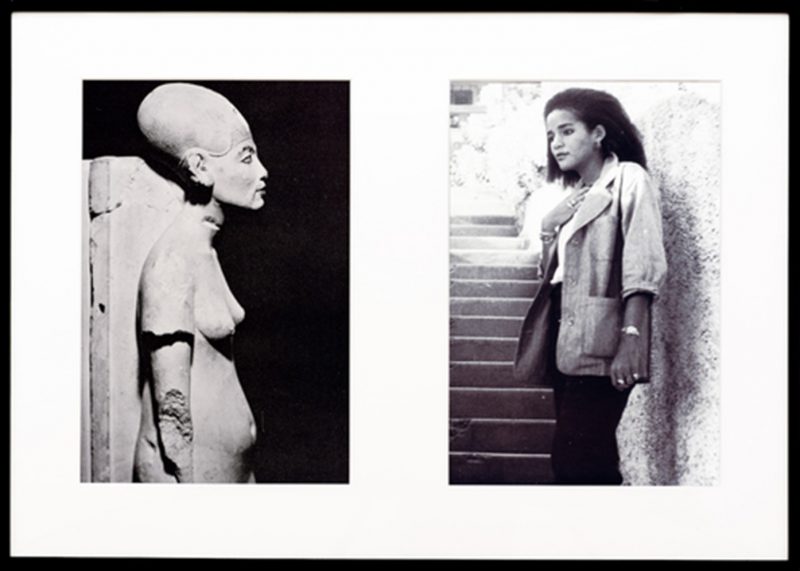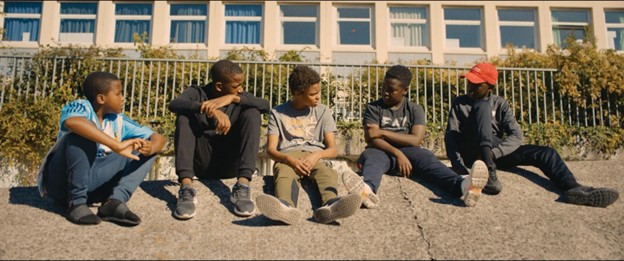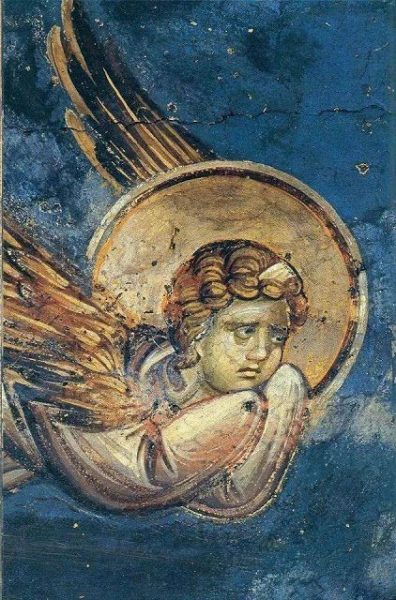Heresies: Anarchist Memoirs, Anarchist Art, by the late Peter Lamborn Wilson is a book in two parts. First comes reminiscences, rants and raps about anarchist theory and (in)activism. The second half of the volume consists of essays on Symbolism, alchemy and anarchism in the arts. (Your editor is hot to run the pages on Gauguin!) What follows are two chapters from the first swatch of Heresies…
How I Became An Anarchist
When I was 12 or 13, I wanted to be a cartoonist and I worshiped Krazy Kat, greatest of all comic strips: surrealist, mystical, Romantic slapstick about perverse love (across not only gender but species) and criminal anarchy: quantum weirdness and genderfuck written in slang poetry and drawn with slapdash-taoist panache by African-American artist George Herriman.




